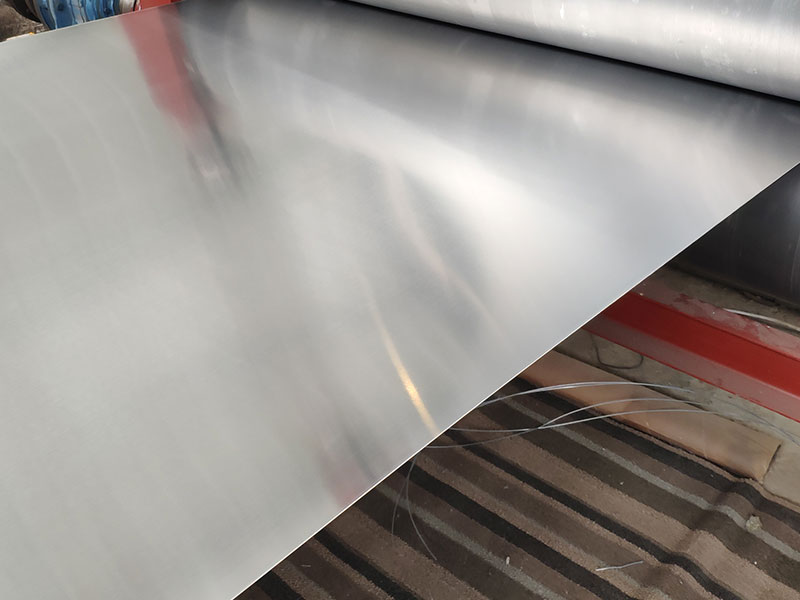Haomei aluminum sheet
When we think about building materials, the usual suspects often come to mind—brick, wood, concrete, and even steel. However, there's a modern player that's garnering attention for its versatility, aesthetics, and functional advantages: Haomei aluminum sheets. This engineered product has transformed the way architects design structures, offering benefits that go beyond sheer strength and durability.
The Haomei Allure: Layers of Performance
What sets Haomei aluminum sheets apart from standard aluminum alloys is their unique composite construction. The core material, usually made from a non-combustible mineral-filled material, lies sandwiched between two aluminum facade sheets. This layered approach provides an balance of lightweight properties and rigidity, making it ideal for applications in both commercial and artistic designs.
Haomei aluminum composite material (ACM) is a fascinating product, and while we don't technically produce it at our aluminum sheet facility, we often discuss its characteristics and applications. From my perspective, the most striking thing about Haomei is the incredibly smooth, consistent finish we rarely achieve with our standard rolled sheets. The multilayer construction, with its polyethylene core sandwiched between aluminum sheets, allows for a rigidity and flatness that's simply unmatched in single-layer aluminum. We see a lot of Haomei used in signage and exterior cladding applications, and I often think about the sophisticated manufacturing processes needed to achieve such a consistent, high-quality product – processes that differ significantly from our own. The precision required to bond the layers flawlessly is .
Personally, I’m intrigued by the potential for further innovation with Haomei. While it's already durable and weather-resistant, variations in core material or surface treatments could broaden its applications even further. I've seen some promising examples incorporating different colours and textures, moving beyond the standard metallic look. I believe there's a strong future for ACMs like Haomei, particularly as sustainability concerns drive demand for lightweight, long-lasting building materials. The versatility, combined with its relative ease of fabrication, makes it a compelling choice compared to heavier, less environmentally friendly alternatives.
Parameters of Haomei Aluminum Sheets
Material Composition: Haomei panels typically consist of 70% or 90% aluminum, with varied core materials offering distinct properties. Familiarizing yourself with the composition is essential for ensuring your project meets specified thermal conductivity, fire safety, and sound insulation standards.
Panel Dimensions: Haomei sheets are customizable, but common dimensions include 4x8 feet, 4x10 feet, and thicker options up to 6mm, providing flexibility in design without compromising stability.
Weight Considerations: Weighing approximately 3.5 to 5 kg per square meter depending on thickness, Haomei is lighter than many traditional cladding materials, reducing both structural loads and installation challenges.
Implementation Standards and Regulations
Haomei aluminum sheet products adhere to several national and international standards, making preference for this material a safer choice for architectural endeavors. Safety certifications such as ASTM E84, UL 94, and others regulate how well materials resist fire and the extent of smoke and flame spread. By choosing Haomei , you not only benefit from cutting-edge aesthetics but also uncompromising compliance with construction laws.
Versatile Application and Aesthetic Expression
Architects love Haomei sheets for their extraordinary versatility. Whether constructing rugged exteriors, innovative interiors, or unique signage, Haomei serves as a perfect palette. With a surface that can mimic wood, stone, or vibrant colors, the artistic possibilities are virtually limitless.
Whether you are embarking on a skyscraper project or designing a small pop-up shop, the ability to tailor the finish makes it a successful choice for almost any creative endeavor. The high gloss or matte finishes can easily align with your thematic vision while ensuring your construction meets aesthetic expectations.
The Tempering Secret of Durability
Not all aluminum is created equally, and Haomei panels realize this. Their tempering process plays a crucial role. Tempering refers to techniques used to enhance the yield strength and toughness of the aluminum alloy, translating into better resistance to wear, higher thermal stability, and structural integrity. This processing ensures that Haomei sheets hold up against environmental stress without bending, cracking, or corroding.
Chemical and Physical Properties Table
| Property | Value |
|---|---|
| Density | ⠀≡ 2.60 - 2.70 g/cm³ |
| Specific Heat | ≡ 0.897 J/g·K |
| Thermal Conductivity | ∼150 W/m·K |
| Yield Strength | ≡ 120-500 MPa |
| Maximum Working Temp. | ≡ 80 °C |
| Fire Rating | Class A (ASTM E84) |







